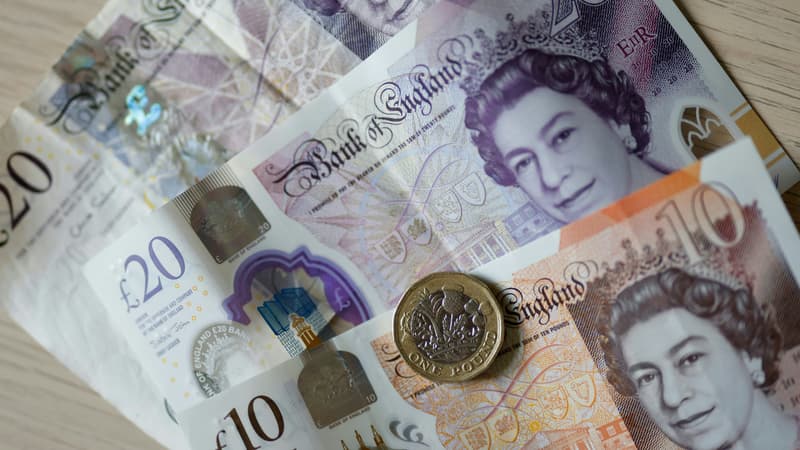His name, his image, his iconography were present everywhere in the United Kingdom with his 70-year reign. With the death of Isabel and the ascent to the throne of Carlos, the country will have to change an incalculable amount of symbols and that will be expensive.
4,500 million banknotes to change
Starting with the coin. The Queen’s face has adorned British banknotes since 1960. And she was also new at the time, as she was the first monarch of the Kingdom to appear on Bank of England notes. The face of her father, George VI, was only depicted on coins.
Today there are 4.5 billion notes in circulation (worth £80 billion) which will be gradually replaced even though the Bank of England immediately warned that the current notes will remain in force. The operation should take about two years when the first banknotes with the effigy of Carlos III are presented.
Note that the Queen’s image was also present on Canadian or New Zealand banknotes. The earliest representation of Elizabeth on a banknote was not on British currency but on a Canadian banknote. In 1935, a 20-dollar bill paid tribute to the young princess who was then 8 years old and whom nothing predestined to take the throne.
Stamps, mailboxes, uniforms…
But it is not just about bills and coins to change. In all public services there are symbols of the late queen. The stamps with her face in profile, the mailboxes of the British Post Office that bear the mention ERII for Elizabeth Regina II (there are 100,000 to change), the uniforms also bear this mention or the passports that bear the mention “Her Britannic Majesty” whose pronouns will have to be changed.
Changes that will have a cost for the moment difficult to estimate for the British taxpayer.
What will probably cost more, however, is the mourning period, which will last several weeks. The amount of the funeral is estimated at around 35 million euros but it is mostly a holiday, with shops, the Stock Exchange and public services closed. The UK economy will slow down which could have a significant impact on UK GDP. As was the case during the platinum jubilee celebrations last June. The English press gives a fairly wide range; estimates that this period of mourning could reduce GDP between 1,500 and 6,000 million pounds. A coup in the midst of a social crisis.
A lack that, however, could be covered in part by a large influx of tourists. Of the 20,000 million euros of British tourism, it is estimated that 600 million come from the monarchy thanks to income from visits to castles and royal palaces.
Source: BFM TV


